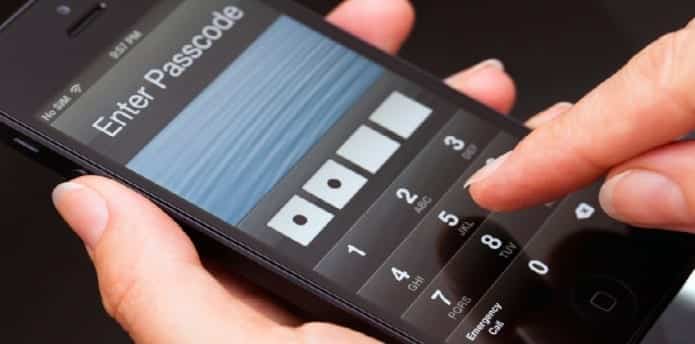Corneal Key Logger can extract PIN of any smartphone using the owner’s selfie
If you thought biometrics was the ultimate weapon of authentication, you may be proved wrong by Starbug. German researcher Jan Krissler, aka Starbug is a hacker whose claim to fame is breaching Apple’s TouchID and recreating the German defense minister’s thumbprint from a high-res image.
Starbug has revealed that he can now decode anyone’s smartphone PIN code from any selfie “image”. of the owner.
Starbug and his colleagues have extracted the reflection of smartphone screens in the eye whites of “selfie” subjects, then they used an ultra-high resolution image techniques to extract the user’s PIN code. Starbug presented his discovery at the Biometrics 2015 conference in London.
His team also revealed a method to take hi-res images of iris using a high-resolution camera and recreating them using a simple laser printer. They were also able to extract the reflection of phone screens in the eye whites of “selfie” subjects, then using ultra-high res image techniques to glean the user’s PIN code.
Here is an image of the “corneal key logger”
The team then used this technique to extract the iris data of German chancellor Angela Merkel, using a photo taken at a press conference. He said that these images could be printed onto a contact lens and this method can be used to hack any biometric enabled authentication device.
Starbug’s speech also focussed on the vulnerability of fingerprint and facial technology, saying that together with iris these represented “90% of the biometrics market value”. “Everything is spoofable,” he said.
Earlier Starbug had revealed how to make a dummy fingerprint to spoof Apple’s Touch ID sensor, simply by lifting a fingerprint from a basic print scanner and then making a mould. He also revealed how to use a digital SLR camera with a 200ml lens to take fingerprints that can be replicated from a distance – the method used to extract German Defense Minister Dr Von Der Leyen’s thumbprint.
According to Starbug even fingerprint sensors featuring liveness detection are at risk. “I can fool every fingerprint sensor in two hours”, he said, welcoming challenges from manufacturers to beat their technology. Starbug said a simple photo of the users face is often more than enough – even for most infrared devices. Here “liveness detection is very important”, he said.
Starbug also outlined a method to bypass liveness detection that demands that makes users blink, and he closed his presentation defeating a 3D facial recognition by using a papier mache mask.
Starbug said that the current biometrics technology is weak and should improved upon. However, he said he feels that biometrics is the future of the authentication.


